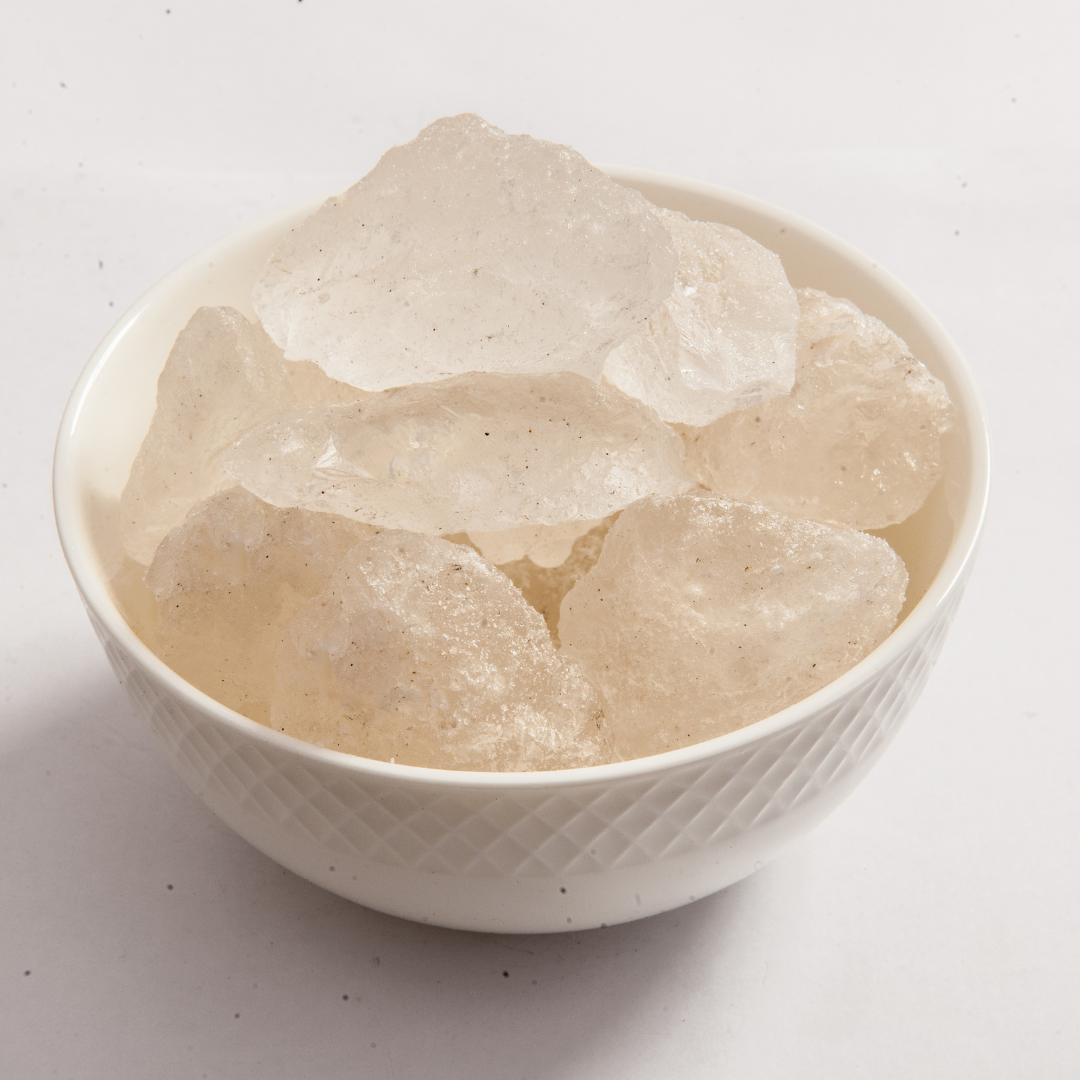They say that colour is the language of Mother Nature, and it’s a language I look to be fluent in.
As an avid artistic explorer, I absolutely adore how playing with colours can be the most atmospheric and dreamlike experience, and it’s a euphoric energy that I hope to share with all of you.
When you begin to collaborate with Nature, you embrace a new vocabulary… From mordant meanings to sustainable fabric suppliers and dyestuff, exploring eco-friendly terminology will quickly become your new norm.
But worry not if you feel yourself getting a little overwhelmed, because whether you are new to this space or a familiar friend, I promise to hold you in the very same way Nature holds all of us. You aren’t alone. I am here to help you navigate the art of natural dyeing. And this journey starts with understanding more about what mordants are.

What are mordants?
While the internet may bombard you with headache-inducing terminology and long-winded explanations, there is a gentle simplicity to mordants.
The word ‘mordant’ derives from the French word ‘to bite’. In the past, it was thought that a mordant helped the dye bite onto the fibre so that it would hold fast during washing.
It is important to note that because most fabrics and dyes don’t have a strong affinity together, they need a little assistance. Mordants create a bond between the fibre and the dye molecules, making the colour resistant to light, washing and rubbing. This is called making your garments colourfast.
Mordanting is, therefore, one of the most significant steps in your natural dyeing process!
Sustainable fabric suppliers will all tell you the same thing: different mordants create different colours
While the purpose of your mordant is to help bind your dye to your fabrics, it is important to notice that there is another power that resides within your mordant. It has the ability to influence the colour or tone of your garments.
I have spent a significant amount of my life unravelling the process of natural dyeing, and I continue to marvel at how different mordants can influence the shade, brightness and feel of your garment. Some mordants produce darker shades, while others invoke a more delicate hue.
The key to success is to familiarise yourself with the various natural mordant options out there and how they influence your desired result!

Examples of natural mordants used by sustainable fabric suppliers
As vessels for sustainable living, our connection to nature is grounded in reflection, care, inspiration and curiosity. There are so many unique mordants that surround us that inspire the most delicate handmade forms.
Better yet, opting for natural mordants places you in direct synergy with our ecosystem as these elements do not harm the planet in any way.
Here are a few of my personal mordant recommendations:
Alum (Potassium Aluminum Sulfate)
Alum, also known as Potassium Aluminium Sulphate, is a popular mordant option for natural dyeing. This is because alum offers an easy-to-use, inexpensive, and less toxic mordanting experience.
Did you know that alum is also used in certain natural deodorants like crystal deodorants? It is non-toxic to both humans and the environment too. Just keep in mind that it should not be ingested and can cause irritation to the eyes, skin, and mucous membranes. It is astringent and may make your hands dry, so wearing gloves is recommended.
You will also notice that as a neutral mordant, alum won’t affect the colour of your fabric either. If anything, it will simply intensify your dye colour – and who would say no to increased vibrancy?

Iron (Ferrous sulphate)
Although it is not considered toxic and it offers you the most amazing mordanting powers, iron is a corrosive substance which can be harmful if swallowed. Iron is also corrosive to the skin and can cause serious eye irritation. And so, to keep you safe when mordanting your fabrics with iron, always remember to wear gloves and safety goggles when handling it! Make sure that you also KEEP IRON AWAY FROM CHILDREN AND PETS, as they might get seriously ill if they ingest it. Iron will make the colours of your fibres darker and “sadder”.
Aluminium Acetate
Aluminium acetate is a great example of an easy-to-use and reliable purified mordant powder. Working best with your cellulose fibres (that would be your plant-based fabrics), this mordant will bring out the brightest colours and hues.
It is refined from bauxite (just like alum) with acetic acid as a purifying agent. However, before you begin using this powder, remember that it is astringent and may make your hands dry, so wearing gloves is highly recommended. Safety first!
Learn how to use mordants in a sustainable natural dyeing process with me
What I love most about natural dyeing is the fact that it is the most intuitive, intentional and grounding ceremony. It demands patience, care and gentleness. This humbling practice not only connects us to the Earth, but to one another too as we engage in this meditative and healing dialogue together.
And so, if you are looking to find out more about the holistic world of natural dyeing or participate in one of my dyeing courses, I encourage you to join my community.

My online natural dyeing workshop offerings give you everything you need to dive deep into making fun dye creations and mastering your own sustainable wardrobe.
I hope to see you there and revel in our shared love for sustainable, harmonious living!